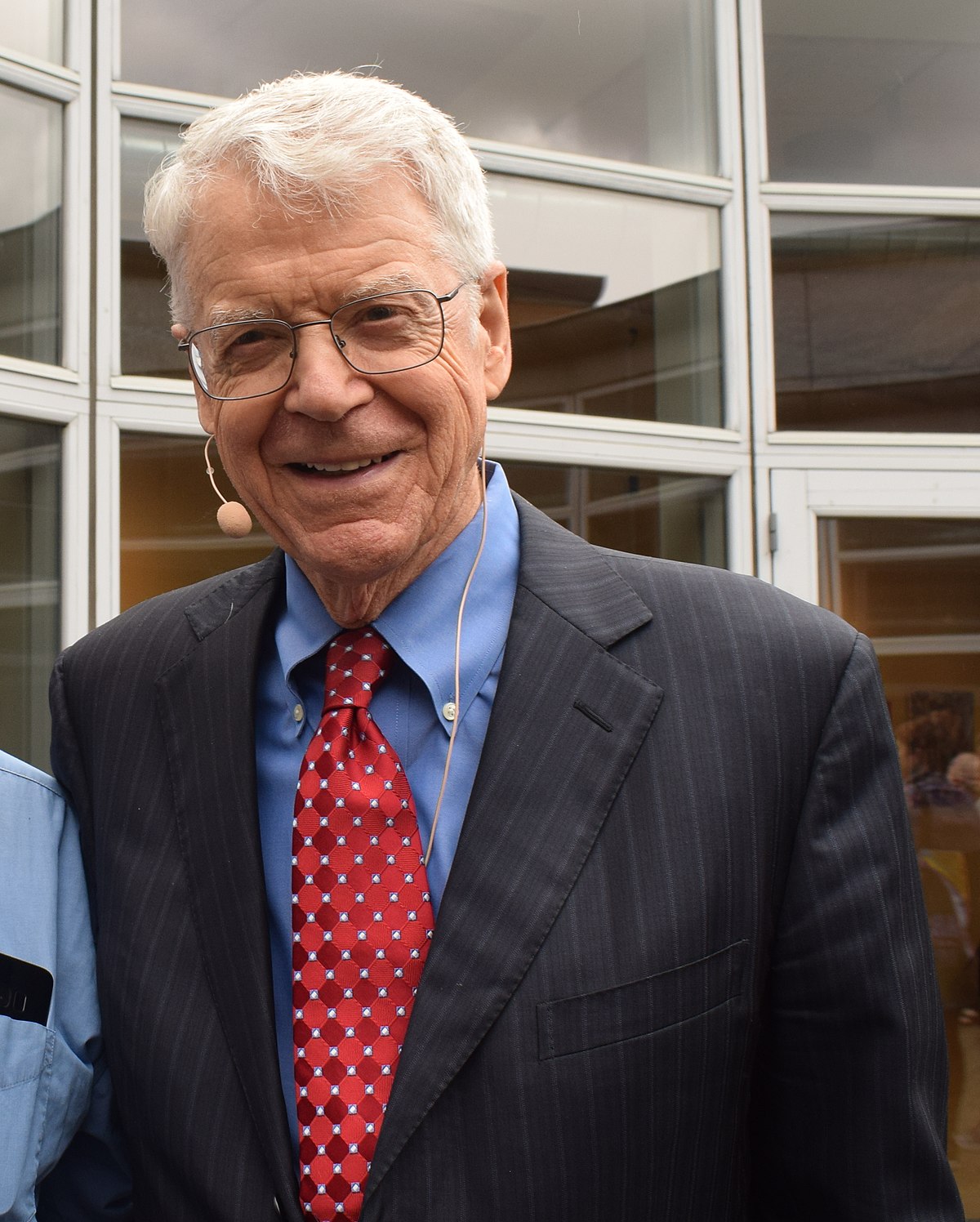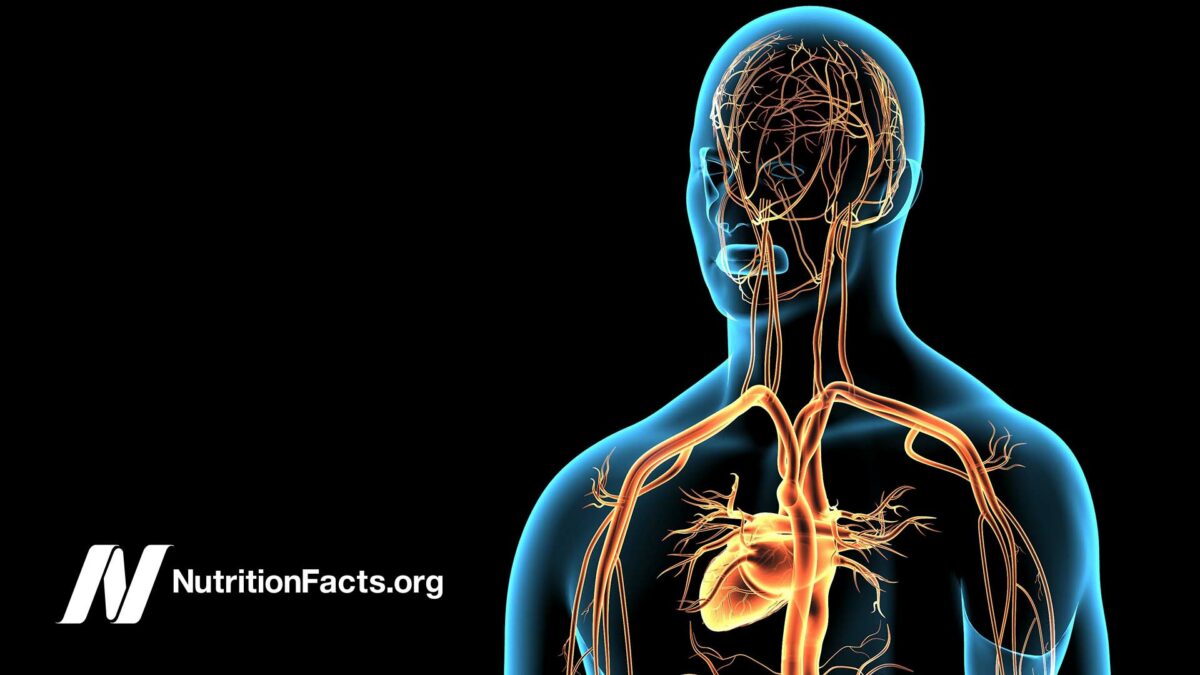David PS
Member
The medical/pharmaceutical industry has embraced the amyloid hypothesisdespite its repeated failures.. At first it seems to be the best and the only option. However 20 years ago, Jack C. de la Torre provided analternative hypothesis that Alzheimer's (AD) is the results of decades of hypoperfusion in the brain. I think that it is time to revisit the hypoperfusion hypothesis which does not require pharmaceuticals or gene therapy.
From 2004: Is Alzheimer’s disease a neurodegenerative or a vascular disorder?

Dr. McDougall has a video of Roy Swank (1909–2008) showing blood sludge and reuleux formation in the blood after a high fat meal. In the second video., Dr. McDougall states that there are no healthy fats. Here on the forum PUFAs (including fish oil) have been recognized as not being healthy. From a blood flow perspective, I could not find any evidence that saturated fats are healthy
View: https://www.youtube.com/watch?v=t7U_IJPXwqE
View: https://www.youtube.com/watch?v=7yv_0uXUtxg
From 2004: Is Alzheimer’s disease a neurodegenerative or a vascular disorder?
Thecause of Alzheimer’s disease (AD) is unknown. This gap in knowledge has created a stumbling block in the search for a genuinely effective treatment or cure for this dementia. This article summarises the arguments for a causal role for either amyloid deposition or cerebrovascular pathology as the primary trigger in the development of non-genetic AD. A bare-bones survey of the published research reveals no compelling evidence that amyloid deposition is neurotoxic in human beings or that it results in neurodegenerative changes involving synaptic, metabolic, or neuronal loss in human ortransgenic-mouse brains. By contrast, the data supporting AD as aprimary vascular disorder are more convincing. Findings suggesting avascular cause of AD come from epidemiological, neuroimaging,pathological, pharmacotherapeutic, and clinical studies. The consensus of these studies indicates that chronic brainhypoperfusion is linked to AD risk factors, AD preclinical detection and pharmacotherapeutic action of AD symptoms.
Dr. McDougall has a video of Roy Swank (1909–2008) showing blood sludge and reuleux formation in the blood after a high fat meal. In the second video., Dr. McDougall states that there are no healthy fats. Here on the forum PUFAs (including fish oil) have been recognized as not being healthy. From a blood flow perspective, I could not find any evidence that saturated fats are healthy
View: https://www.youtube.com/watch?v=t7U_IJPXwqE
View: https://www.youtube.com/watch?v=7yv_0uXUtxg
Last edited:




